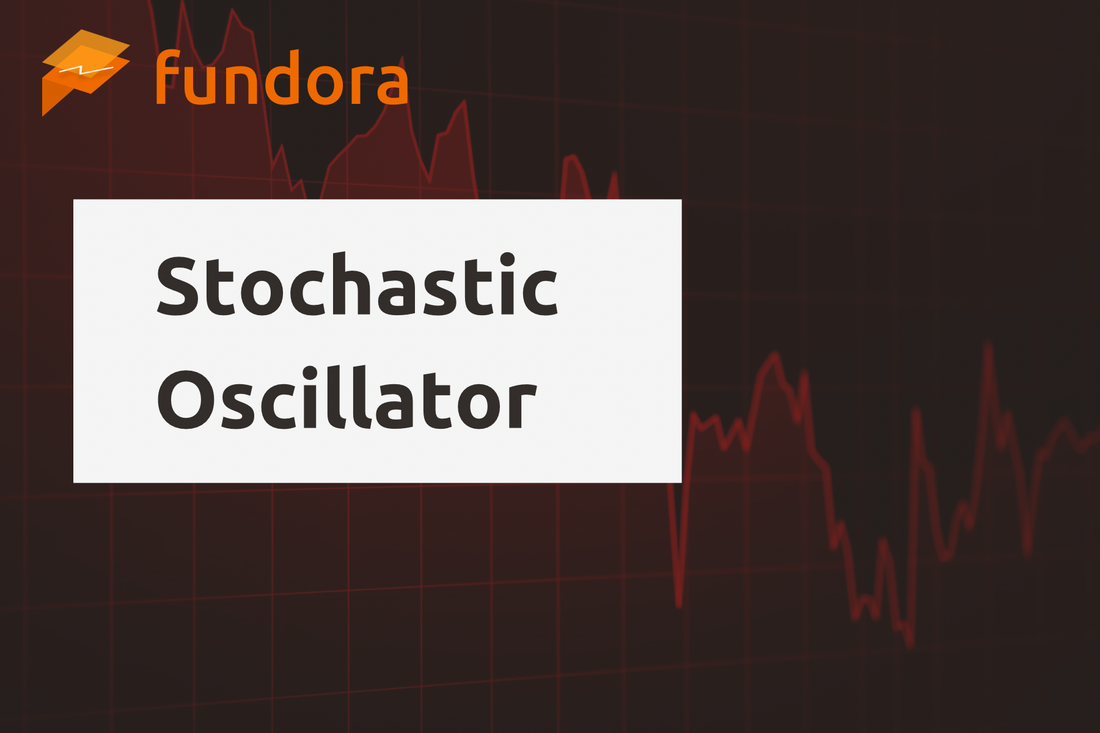
Stochastic Oscillator
Share
Stochastic Oscillator
Table of Contents
1. Overview
The Stochastic Oscillator is a widely used momentum indicator that measures market overheating and evaluates overbought or oversold conditions. Developed in the 1950s by George Lane, it shows where the current price sits within a given range over a defined period.
Stochastics are considered especially effective in range-bound markets and for anticipating potential trend reversals.
2. How Stochastics are Calculated
The Stochastic Oscillator is calculated using the following formulas:
- %K = (C − Ln) / (Hn − Ln) × 100
- Variables: C = current closing price, Ln = lowest low over n periods, Hn = highest high over n periods, %K = oscillator value
- %D = SMA(%K, 3) (the 3-period simple moving average of %K)
3. How to Use Stochastics
Traders read signals from stochastics based on overbought/oversold conditions, %K and %D crossovers, and divergences with price.
- Overbought/Oversold: Readings above 80 suggest overbought, while readings below 20 suggest oversold. These conditions often precede reversals.
- Crossovers (%K and %D): A buy signal occurs when %K crosses %D from below, while a sell signal occurs when %K crosses %D from above. Crossovers often indicate trend reversals and serve as entry points.
- Divergence: When price makes new highs or lows but stochastics fail to follow, this divergence can signal a potential reversal.
4. Key Usage Points
Stochastics are especially useful in range-bound markets for catching reversal timing.
- In strong trending markets, overbought/oversold signals may persist without actual reversals.
- Combining stochastics with other indicators enhances reliability.
- Divergence between price and stochastics is often a strong reversal signal.
5. Pros and Cons
Pros
- Quick identification of overbought/oversold: Provides intuitive insight into market conditions.
- Helps anticipate reversals: Divergence and crossovers provide effective signals for trend changes.
- Effective in ranges: Particularly useful when markets are consolidating or sideways.
Cons
- Less effective in strong trends: Signals may fail as overbought/oversold conditions persist without reversals.
- Risk of false signals: High volatility environments may produce misleading signals, so confirmation from other tools is recommended.
6. Practical Examples
- Buy signal:
When price is falling, stochastics drop below 20 (oversold). If %K crosses %D upward, it may indicate a reversal and a buy entry. - Sell signal:
When price is rising, stochastics climb above 80 (overbought). If %K crosses %D downward, it may indicate a reversal and a sell entry.
7. Summary
The Stochastic Oscillator is an oscillator-type momentum indicator that shows where price stands relative to its past range. It is widely used to identify overbought and oversold conditions. While highly effective in range-bound markets, caution is required in trending environments.
Combining stochastics with other indicators such as RSI or MACD can improve decision accuracy.
When used properly, stochastics can help traders avoid missing reversals and implement more effective trading strategies.
8. Frequently Asked Questions
Q1. How do stochastics identify overbought or oversold conditions?
A1. Readings above 80 are considered overbought, while readings below 20 are considered oversold.
Q2. What do %K and %D crossovers mean?
A2. A buy signal occurs when %K crosses %D from below; a sell signal occurs when %K crosses %D from above.
Q3. What is divergence in stochastics?
A3. When price makes new highs or lows but stochastics fail to follow, this divergence suggests a potential reversal.